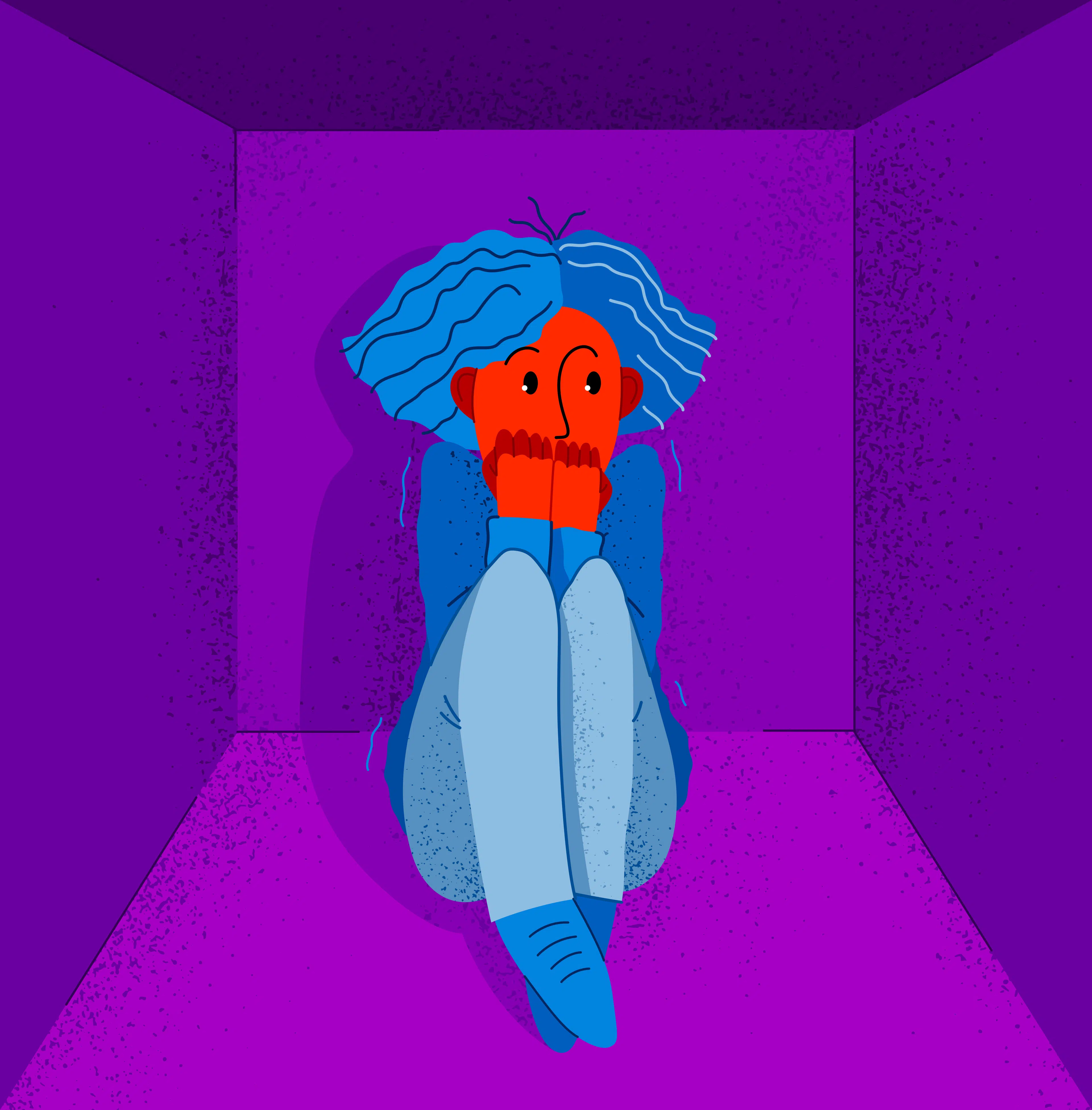The third response, freeze response, is not as widely known or considered until more recent history than the fight-or-flight response. A freezing trauma response may seem like an effective strategy, like playing dead when facing danger. However, some experts view the freeze response as not being able to communicate, react or move to defend themselves.
So, what leads people to the freezer response, and how does it impact how we cope with stress? This article will explore concepts regarding the freeze response when dealing with trauma.
Why the Freeze Response May Be Overlooked
Even though freezing is a common way to respond to trauma, some people may not be as aware of it as they would with fight or flight. Essentially, if someone doesn’t recognize their freeze response, they may blame themselves for whatever happened and question why they didn’t fight back or run from the situation.
When trauma survivors blame themselves, they may be less likely to talk about their experiences. As a result, they may avoid getting the help they require.
In addition, if they do decide to discuss their experience, survivors can encounter similar victim-blaming questions from other people. Therefore, it’s essential to understand that denying someone’s traumatic experience can be another set of trauma. People must support survivors and believe them and validate their experiences and feelings.
Why Does the Freezer Response Occur?
The freeze response is prevalent when someone experiences a significant fear in response to a stressor. Children, in particular, are more vulnerable since they cannot protect or defend themselves. Therefore, a child may not be able to fight or run from a specific situation, and instead, a panic response will occur where they feel numb or unable to move when faced with the stressor.
When someone has trauma from childhood, it can be one of the most significant contributors to panic and fear. For instance, when a child endures emotional or physical abuse by someone and cannot defend themselves, they may feel helpless and unable to engage in a fight or flight response. In addition, anxiety and panic are two factors that contribute to this state. To put it another way, if a child continually suffers from anxiety and fear due to trauma, then they may develop a freeze response to triggers as an adult.
In addition, those who tended to freeze as children may dissociate or suffer from anxiety and/or panic disorders. Some of these people may also develop post-traumatic stress disorder. Responding to triggering events that remind a person of childhood trauma can lead to disassociation, one of the most harmful ways one experiences the freeze response. Disassociation is where we check ourselves to avoid stressful events or triggers. People who go through this may often feel disconnected from their surroundings, space out, and struggle to respond or feel detached from reality.
What Have Studies Determined About the Freeze Response?
According to the study Exploring Human Freeze Responses to a Threat Stressor, a freeze response may have an adaptive value. For instance, if an animal faces a predatory attack, it may “play dead.” This kind of response is known as tonic immobility. Even though freezing experiencing an attack seems counterintuitive, it can be the best option for animals who do not have a chance to escape or will win a fight.
Even though evidence points to the fact that tonic immobility may be a pivotal response to trauma, this freezing response has not received as much attention as it should in humans. However, one notable exception is the PTSD/rape literature, where many studies have indicated a rape-induced paralysis similar to many of the features of tonic immobility. According to this literature, many rape victims may feel paralyzed or immobilized and cannot act even if they are conscious during the assault. This may be because fear, predation, contact, and restraints are all common factors in both rape and the initiation of tonic immobility in animals.
In Summary
Even though the fight-or-flight response has been long studied as a trauma response, experts are starting to find that other trauma responses occur when faced with a stressor. The freeze response is becoming more well-known as the third trauma response, but there are still limited studies about it in human beings. Hopefully, now that mental health experts are more aware of this concept, there will be more information about it and studies conducted in the future.















